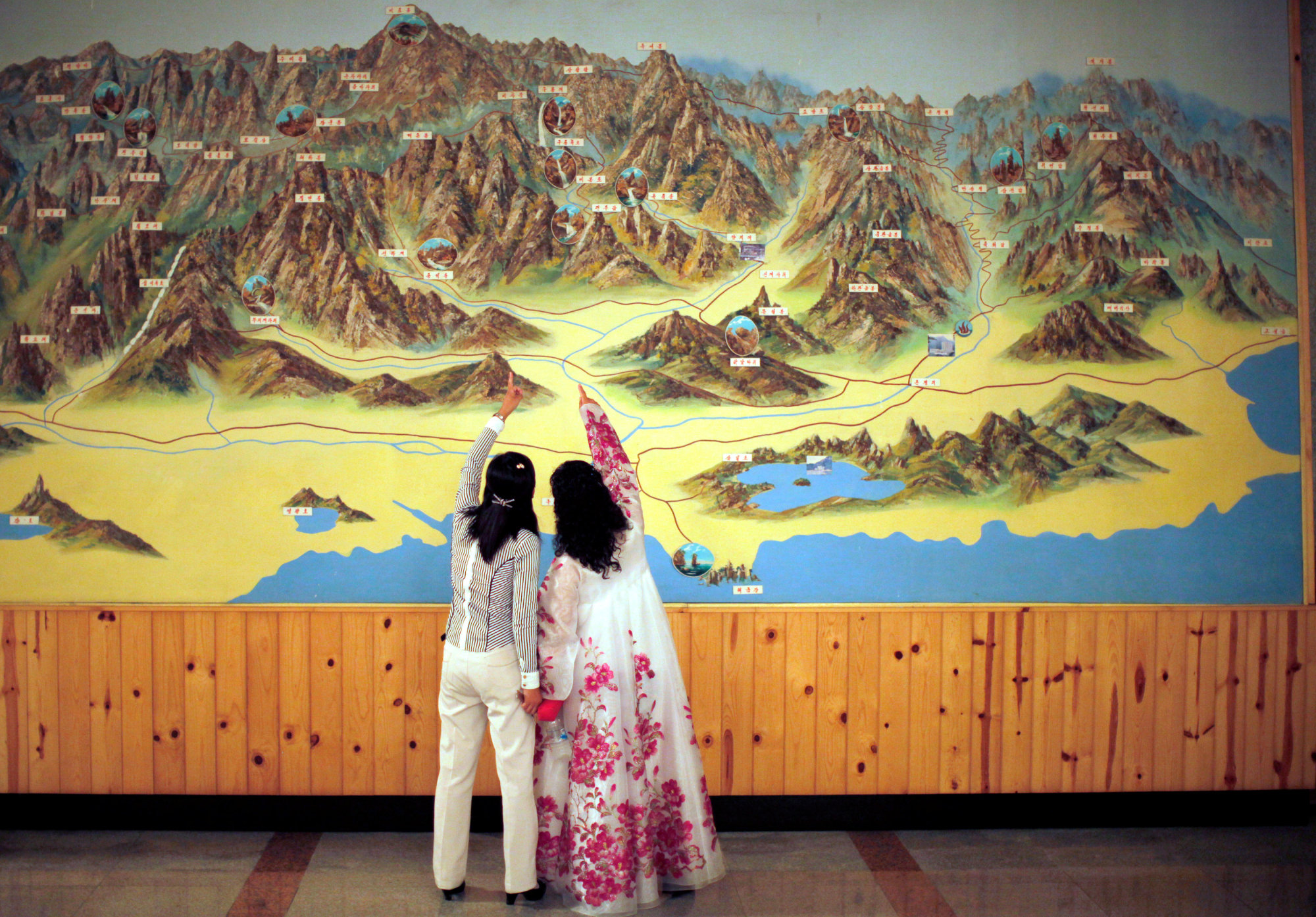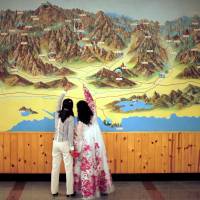The Wonsan resort is not North Korea's first attempt to mix the military and tourism.
In 1998, early into the rule of Kim Jong Un's father, Seoul and Pyongyang agreed to open part of the current Wonsan zone, called Mount Kumgang, to tourists. The project was a symbol of cooperation and a source of hard currency for the North.
Southerners would go hiking in the unspoilt North Korean countryside. Nearly 2 million South Koreans visited the spot over a decade, according to South Korean government figures.
But in 2008, in the early hours of a July morning, a North Korean soldier shot dead a 53-year-old South Korean woman who had wandered across a forbidden line into a military area.
North Korean officials told the South their soldiers shouted warnings, but the tourist didn't respond even after they fired a warning shot.
South Korea suspended all tours. Businessmen who ran souvenir shops and restaurants in the zone lost their assets to North Korea.
Seoul demanded an investigation, an apology from the North and assurances that no such thing would happen again. Pyongyang refused and has threatened to end South Korean companies' exclusive rights to run tours.
Lee Jong-heung, who managed a brewery, a restaurant and duty free shops, says he invested around $6 million in Kumgang. He visited in 2013, and said he found the North was "running the shops, my shops, for tourists from China and Hong Kong. ... It was preposterous."
South Korea's Unification Ministry has said safety guarantees for South Koreans are among the changes needed before it will consider restarting the tours.




















With your current subscription plan you can comment on stories. However, before writing your first comment, please create a display name in the Profile section of your subscriber account page.